Mine drainage poses significant challenges, threatening the safety and productivity of mining operations worldwide.
Imagine standing at the edge of an expansive open-pit mine, water gradually seeping in, complicating operations.
By adopting efficient mine dewatering strategies using advanced pumps, you can effectively tackle these challenges and ensure safety.
Understanding Mine Drainage
Mine drainage is a critical concern that arises when water enters mining sites, whether from rainfall, groundwater, or natural aquifers. This presents a significant challenge for mining professionals like you, as it can halt production and endanger crews.
Understanding the various sources of mine drainage helps you identify effective control strategies.
Often, water entering the mines comes in excessive amounts, overwhelming natural pumps (submersible pumps designed specifically for dewatering) and drainage systems.
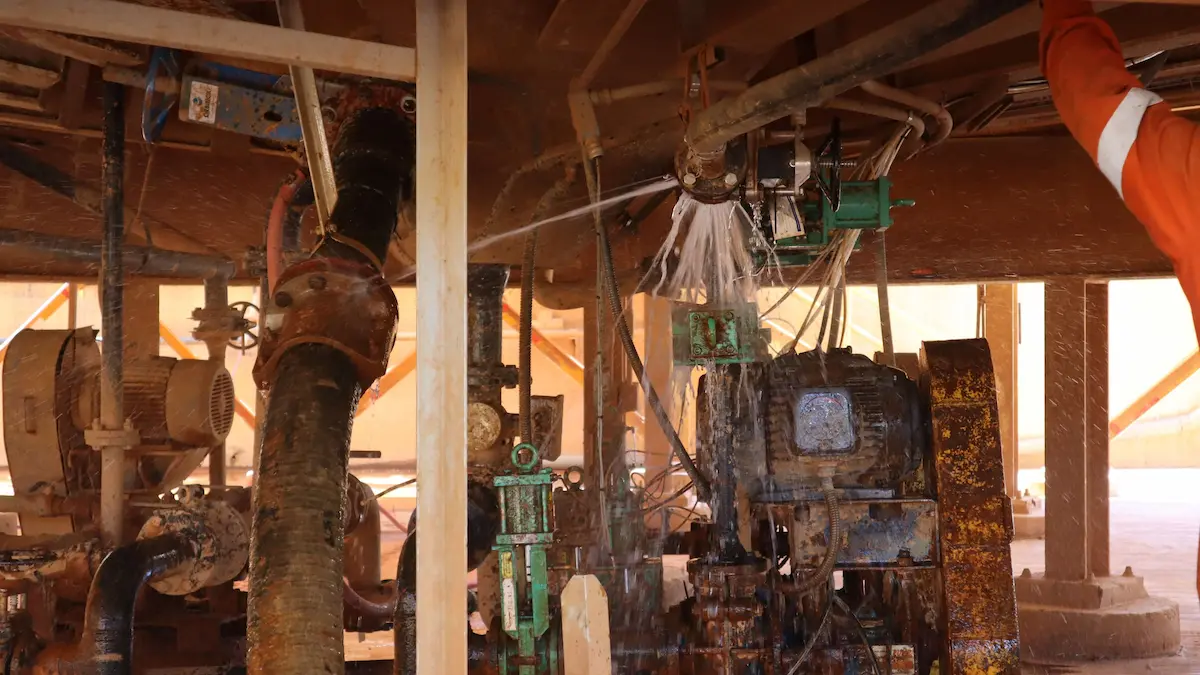
Effective mine drainage solutions start with evaluating environmental factors and potential water inflow amounts, allowing you to install suitable infrastructure promptly.
Implementing systematic mine drainage techniques reduces downtime, enhances productivity, and safeguards valuable resources, ensuring that your mining operations remain efficient and environmentally sound.
Ultimately, the goal is not merely to handle what’s visible on the surface. Looking beneath the challenges posed by mine drainage provides valuable insights that enable you to turn obstacles into stepping stones toward sustainable mining success.
Causes of Mine Drainage
Mine drainage primarily occurs when groundwater or surface water seeps into mining sites, particularly in regions with high precipitation and water tables.
Consequently, as you engage in excavation activities in a subsurface environment, the natural equilibrium, preventing water inflow, is disrupted. This makes your mine a conduit for water intrusion, stemming from various geological formations. Additionally, the porosity and permeability of surrounding rock masses further influence water infiltration rates into your mining operations.
Topographical features can also be a fundamental cause of mine drainage. In mountainous regions, gravity assists in channeling water from higher elevations into low-lying mining areas, requiring your vigilance and robust management structures to prevent water accumulation.
Furthermore, if you encounter abandoned mines nearby, they may harbor residual water that can infiltrate your active site. Consider developing a comprehensive water management plan to assess these risks, employ cutting-edge dewatering technologies, and ensure sustainable mining practices. By staying proactive, you can efficiently navigate these challenges, transforming potential setbacks into milestones of growth and success.
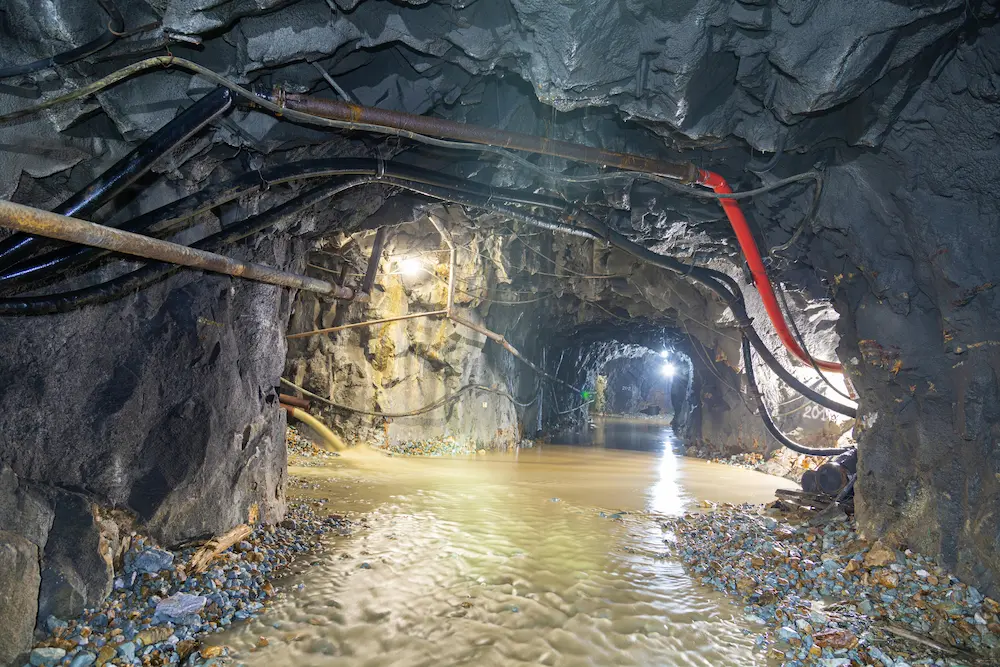
Environmental Impact of Mine Drainage
Acid mine drainage poses significant environmental challenges and risks.
The acidic and metalliferous waters resulting from mine drainage can have a detrimental effect on local ecosystems. You must remain vigilant as these waters can severely disrupt aquatic life, damage plant species, and degrade water quality. Consequently, mine drainage becomes not only a mining concern but a broader environmental issue impacting your surrounding area and community.
Acidity and heavy metals contribute to ecological imbalances.
Your commitment to sustainable mining means actively addressing these environmental impacts. By implementing state-of-the-art water treatment solutions, you are well-poised to mitigate these detrimental effects, preserve biodiversity, and ensure compliance with environmental regulations.
Embracing innovative technologies, you have the power to transform mine drainage challenges into opportunities for environmental stewardship. As of October 2023, advancements in remediation techniques empower you to restore affected habitats, demonstrating that responsible mining can coexist alongside robust environmental preservation efforts.
Economic Consequences of Mine Drainage
The challenges posed by mine drainage extend beyond environmental concerns and significantly affect economic outcomes, which you must carefully consider and address.
Effective management can greatly enhance economic resilience.
Failure to adequately manage mine drainage can lead to increased operational costs, causing a cascade of financial burdens for your company by elevating expenses associated with permits, remediation, and potential fines for non-compliance.
Proper mine drainage management offers opportunities to enhance the financial health of your operations through improved efficiency and reputation. By taking proactive measures, you not only protect your investments but also contribute to “green” mining practices that can attract environmentally-conscious partners and investors, thereby fostering long-term sustainability and profitability.
Mine Dewatering Techniques
Effective mine dewatering is crucial for ensuring the safety and productivity of your mining operations.
In 2016, innovative advancements in submersible pump technology demonstrated significant potential for efficient mine dewatering, boasting self-priming capabilities that ensure rapid removal of water. These pumps have since become a staple in the mining industry due to their reliability and cost-effectiveness in managing water levels.
However, it’s not just the submersible pumps that enhance your mine’s capabilities, but also the strategic integration of centrifugal pumps and water diversion channels. These systems work synergistically to optimize dewatering processes, reducing downtime and boosting your operational efficiency in even the most challenging environments.
Understanding the nature of your mining site, including factors such as the rate of water ingress and local climatic conditions, is essential in tailoring your dewatering strategy. By doing so, you can maximize the benefits of these advanced techniques, ensuring that you exceed operational objectives.
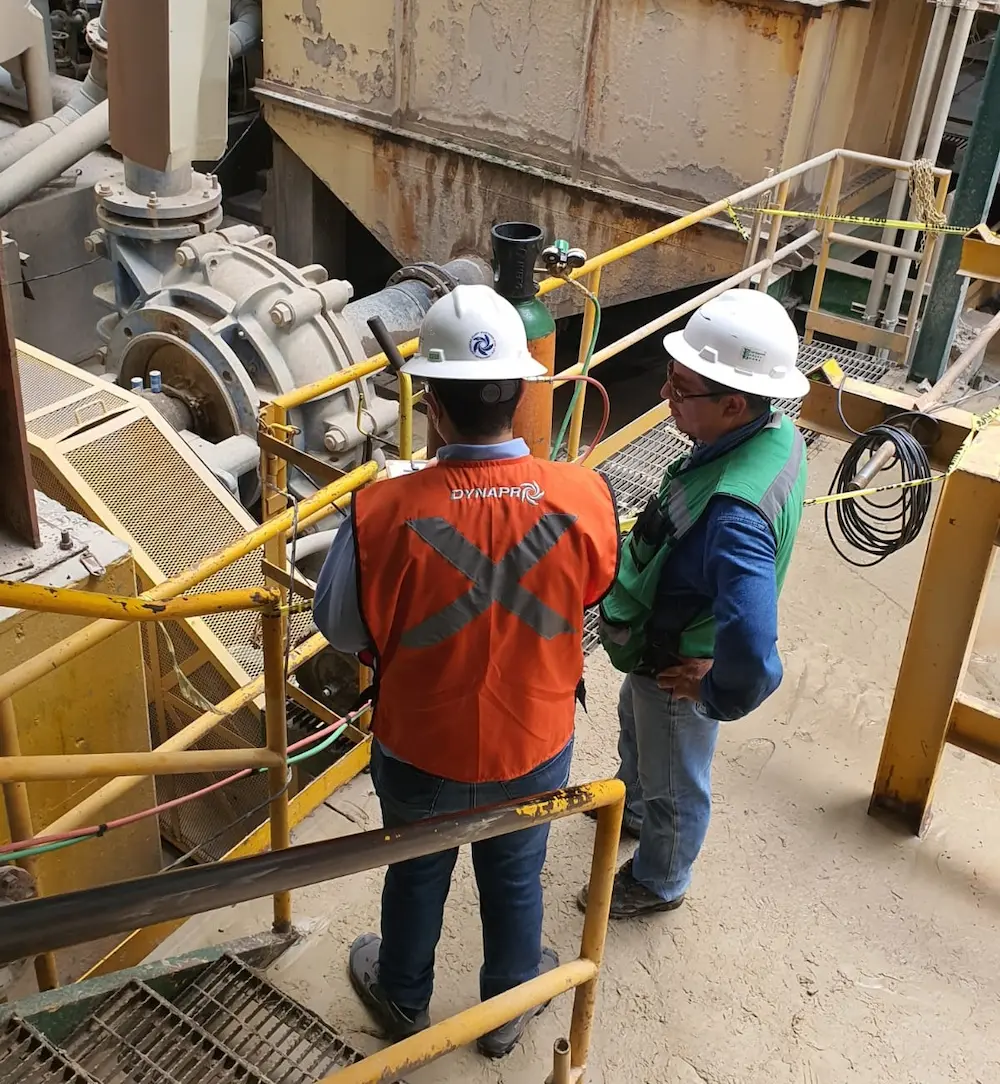
Stay informed with the latest in mine dewatering technology and you can maintain high performance.
Submersible Pumps in Mine Dewatering
Submersible pumps are crucial for mine dewatering.
Efficient and versatile, these pumps are your frontline defense against flooding. Their robust design allows them to handle the harsh conditions of underground mining, ensuring that no water stands in your way. Additionally, improvements to their efficiency and durability mean they remain indispensable to your success.
They operate underwater, minimizing noise and surface disruption.
By sitting directly in the pocket of water, submersible pumps offer unmatched suction power – drawing water out quickly and preventing dangerous overflow situations from happening on your site.
The latest advancements in submersible pump technology promise incredible performance under challenging conditions, providing you with the confidence that 2023 will bring for better operational safety. These pumps are expected to continue driving innovation with more precise control and automated technology solutions to meet your needs.
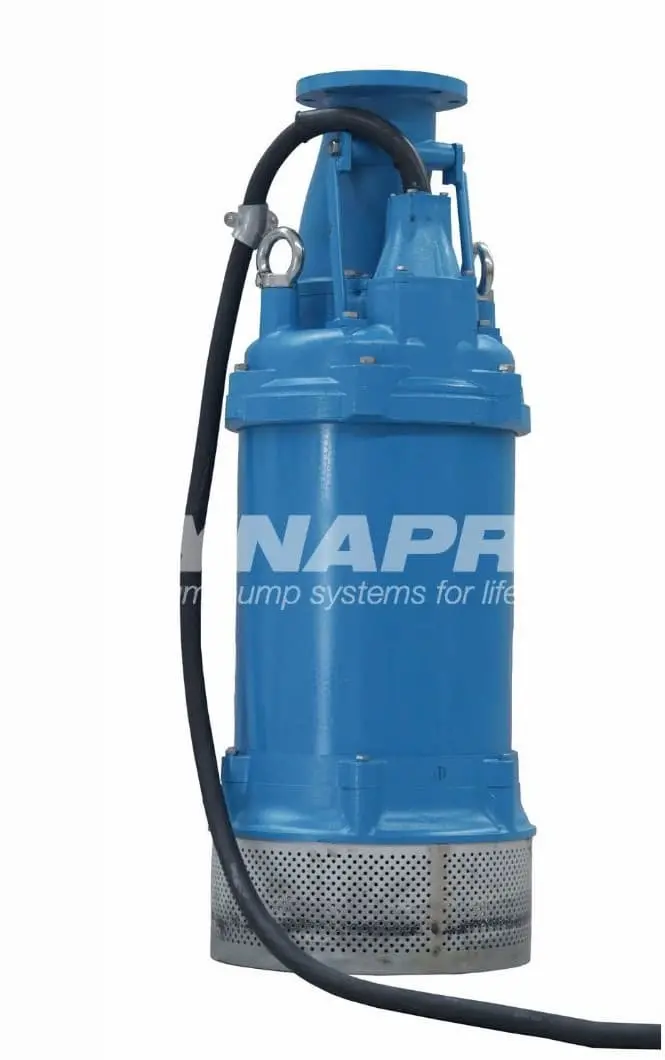
Centrifugal Pumps and Their Role
Centrifugal pumps play an essential role in the management of mine drainage systems. These remarkable machines are designed to combat high-volume water removal efficiently, where precision and reliability are paramount.
Since their inception, centrifugal pumps have transformed mine dewatering efforts worldwide. Their ability to handle large volumes of water quickly makes them indispensable for open-pit mining operations. These pumps function by converting rotational kinetic energy into hydrodynamic energy, effectively pushing water through pipes and away from your mine site.
To optimize their performance, ensure that your centrifugal pumps are correctly sized and maintained. This will prevent unexpected downtime and maximize their operational lifespan. Embrace the flexibility they offer, as they can be adapted to different site demands, ensuring your dewatering processes are both timely and cost-effective.
Centrifugal pumps, with their robust and durable construction, deliver consistent results even in the harshest conditions. Their adaptability to various conditions means you can face any mining challenge with confidence, knowing your drainage systems are capable of handling substantial water loads.
Incorporating centrifugal pumps into your mine drainage strategy elevates efficiency. You’ll experience reduced flooding risks and streamlined operations.
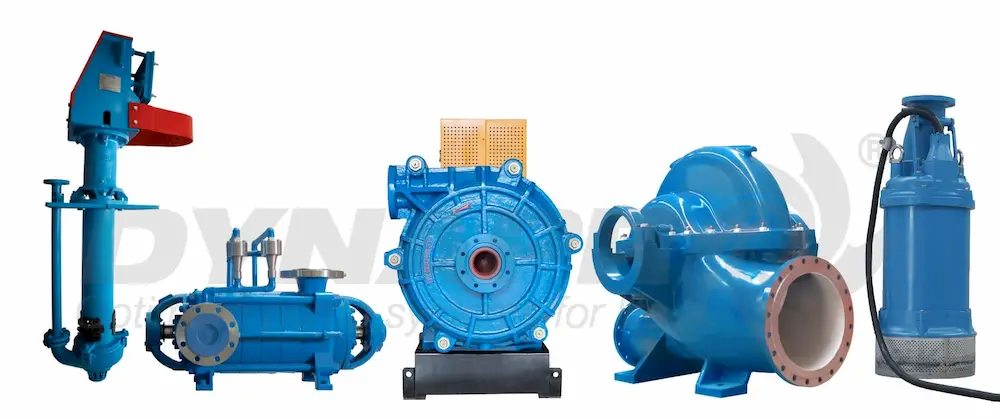
Tailings Management
Tailings management is essential in mining.
You must address the risks and challenges posed by mine tailings. Left unchecked, tailings can harm the surrounding environment and communities, making it crucial to invest in robust management strategies. Fortunately, advances in technology are paving the way for innovative solutions that can mitigate these risks effectively.
Sustainable construction of tailings dams is vital.
By focusing on dewatering and compacting tailings, you can minimize the risk of dam failures – a concern that can cause severe environmental and economic impacts if not managed diligently. This approach ensures long-term stability and helps maintain community and investor confidence.
As you implement progressive tailings management, embrace novel technologies that enhance water recovery, reduce environmental footprints, and comply with the latest global standards. This forward-thinking approach not only ensures resilience for your operations but also contributes to the sustainable development of the mining industry.
Water Treatment Solutions
In tackling mine drainage, efficient water treatment is paramount to safeguarding your operations and environment.
By adopting advanced water treatment technologies such as reverse osmosis (RO) systems to purify contaminated waters, you ensure compliance with environmental standards, effectively reducing harmful pollutants and safeguarding ecosystems.
Prioritize “sustainability” and “innovation” to transform mine drainage challenges into growth opportunities.
Chemical Treatment Methods
Tackling mine drainage effectively requires the application of robust chemical treatment methods to purify affected waters.
Chemical precipitation can reduce heavy metal concentrations by as much as 99%, fostering healthier ecosystems.
Utilizing neutralization techniques, you can address acidic mine drainage by adding alkaline substances like lime, thus stabilizing the pH levels and minimizing adverse environmental impacts.
Through these targeted processes—whether applying coagulants or utilizing ion exchange systems—you can dramatically decrease pollutant levels and enhance water quality, setting a benchmark for sustainable mining practices.
Biological Treatment Options
Biological treatment options offer sustainable solutions by utilizing natural processes to mitigate mine drainage impacts.
- Constructed Wetlands: Utilize plant species to absorb and break down contaminants.
- Bioreactors: Employ microorganisms for the biodegradation of pollutants.
- Phytoremediation: Leverage plants to extract and stabilize toxic metals.
- Bioaugmentation: Introduce beneficial bacteria to enhance contaminant digestion.
These solutions promote eco-friendly treatment, integrating seamlessly into the natural environment.
Incorporating biological methods, you address mine drainage with minimal ecological disturbance.
Ultimately, these techniques bolster both environmental resilience and mine profitability, highlighting a path to sustainable mining.
Case Studies of Successful Management
Imagine your mine site free from the burdens of mine drainage and reaping the rewards of innovation.
In 2017, Greenfield Mining, a leader in sustainable mining operations, tackled their mine drainage issues by integrating cutting-edge dewatering technology. They strategically placed submersible pumps which significantly reduced water levels and minimized operational delays, showcasing an exemplary solution.
Moreover, it’s not only about efficient water removal. Greenfield’s commitment was evident in their selection of eco-friendly materials for the construction of pump casings, ensuring the longevity of their system and enhancing environmental stewardship.
Technological advancement wasn’t the end of the story; Greenfield took it a step further by implementing sensors that monitor water quality 24/7, providing invaluable data and allowing adjustments for optimal mine drainage management and environmental protection.
Their success proves that innovative techniques in mine drainage can align with ecological goals.
New Technologies in Mine Dewatering
Innovative technologies are revolutionizing the landscape of mine dewatering, bringing efficiency and sustainability to new heights. From smart sensors to automated pumps, these tools transform how you manage water levels effectively.
Recent advancements like AI-driven systems expedite data analysis for decision-making. You can expect precise water management.
Key among these innovations is the development of solar-powered dewatering pumps, which provide a cleaner and more sustainable energy source. These pumps not only reduce your carbon footprint but also lower operational costs significantly, aligning economic and environmental interests.
Moreover, the utilization of the Internet of Things (IoT) ensures that your dewatering systems operate seamlessly and autonomously. By integrating IoT, you gain real-time insights and predictive maintenance capabilities, minimizing downtime and enhancing the lifespan of the equipment. With such tools, the world of mine dewatering becomes not just manageable but an exemplar of modern efficiency.
Best Practices for Preventing Mine Drainage
To effectively manage mine drainage, focus on integrating proactive strategies that address potential challenges such as acid mine drainage at their source.
Begin by conducting comprehensive site assessments to understand water flow patterns and geological conditions, which will guide targeted interventions. Invest in high-quality barriers and ensure proper sloping around mining areas to divert excess water. These efforts bolster your ability to mitigate unintended water collection, safeguarding operations from disruptive impacts.
Furthermore, adopt a consistent monitoring regime using advanced sensors and data analytics. By tracking changes in water levels and quality, you can respond promptly to variations, refining your control measures and fortifying your preventative framework.
Lastly, ensure that your team is well-trained and informed about the latest technologies and practices. Encourage continuous learning and adaptation to newer, more efficient methods of mine drainage prevention. This commitment not only empowers your team but also solidifies your reputation as a leader in sustainable and responsible mining operations, confirming that your industry footprint aligns with global best practices.
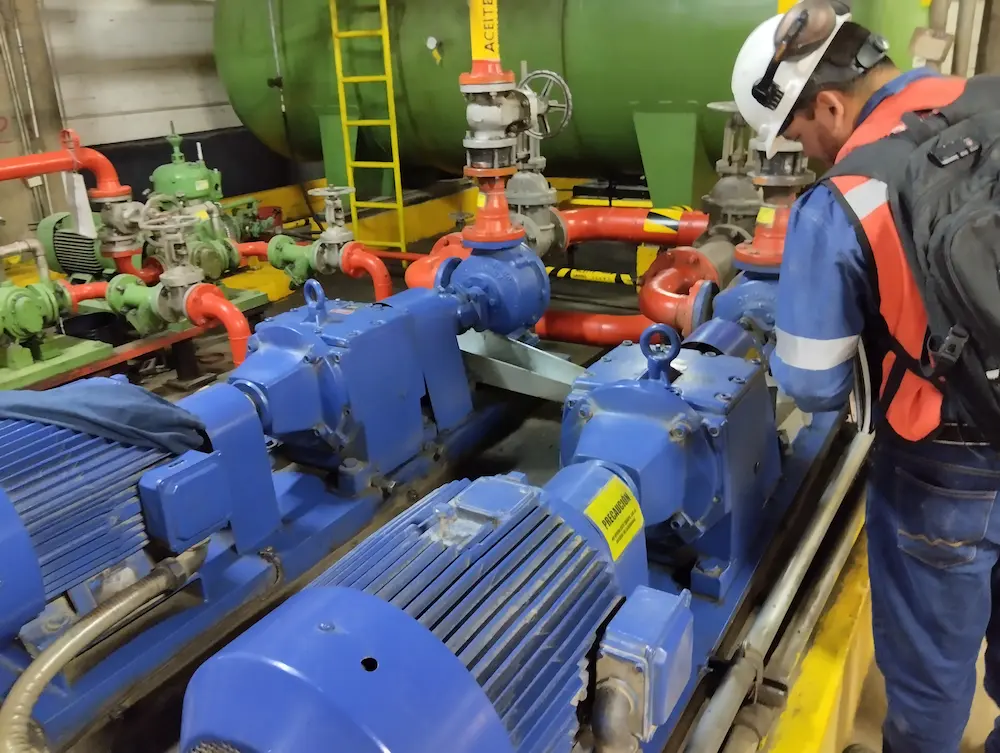
Regulations Governing Mine Drainage
Laws addressing acid mine drainage focus on reducing environmental impacts.
Regulations ensure that mining does not harm ecosystems. They often mandate the maintenance of water quality standards, necessitating the use of specific technologies to treat effluents. Additionally, adherence to these laws avoids the consequences of non-compliance, which could include hefty financial penalties and legal proceedings.
The success of regulations hinges on strict enforcement.
Mining operations need to pay close attention to – and comply with – the latest laws designed to improve sustainability within the industry. As these laws evolve, staying updated ensures you maintain a compliant and responsible profile.
These comprehensive regulations reflect the increasing governmental concern over environmental preservation, highlighting that as of October 2023 much has been done to close gaps. Being informed and prepared will ensure your operations confidently navigate these regulatory landscapes, securing not only your immediate interests but also the enduring health of our planet.
Community and Economic Considerations
Mine drainage affects local communities significantly.
The health of those who live near mining sites can be impacted. You must ensure to adopt the highest standards of cleanliness around your operations, striving to prevent water contamination and protect public health. Community, reliant on you, has the potential of transformation upstream of the mine drainage process.
Strict oversight of drainage and dewatering practices helps protect residents.
Your commitment to innovative solutions for mine drainage leads to – not only safer water and healthier surroundings for those affected – but also sustainable economic opportunities post-mining. By safeguarding resources, you facilitate long-term economic benefits and community resilience.
As you explore advanced methods for addressing mine drainage, consider how community partnerships can unlock new potential. These initiatives create a foundation for growth, transforming mine impact areas by focusing on economic regeneration through innovative drainage solutions. You become paramount in turning challenges into opportunities that elevate entire communities.
Challenges in Implementation
Implementing effective mine drainage solutions poses unique challenges that test the ingenuity and resourcefulness of your operations.
Navigating the regulatory landscape can be daunting, with strict compliance requirements demanding meticulous attention. You must stay abreast of these regulations to avoid costly setbacks and ensure sustainable operations.
Technological advancements, while promising, require significant investments and skilled personnel to operate effectively. Allocating resources to train your teams ensures they are competent and equipped to leverage these innovations.
Environmental factors, such as fluctuating water tables and seasonal weather changes, further complicate implementation. Your proactive adaptation to these variables is crucial to successful mine drainage management.
Ultimately, overcoming these hurdles is about blending innovation with resilience to achieve long-term success.
Future Trends in Mine Drainage Management
As you look towards the future, sustainable practices in mine drainage management will be at the forefront of your efforts.
In recent years, eco-friendly solutions have gained traction, presenting you with an opportunity to reduce environmental impact while maintaining efficiency. This shift toward greener technologies will support both operational efficiency and ecological responsibility.
Moreover, advancements in data analytics and IoT (Internet of Things) will empower your operations with real-time monitoring and predictive maintenance. These innovations will enable you to preemptively address issues, ensuring uninterrupted and safe mining activities.
Water recycling and reclamation systems are set to become integral components of your mine drainage strategy. By implementing these systems, you will significantly conserve water resources, reflecting a commitment to sustainable mining practices.
Your dedication to adopting emerging technologies and sustainable methods can transform the landscape of mine drainage, paving the way for a prosperous future.
Effective Pump Solutions for Water Challenges in Mining
Navigating the complexities of mine drainage requires the right tools, beginning with efficient pump systems.
You should consider submersible pumps for underground mines, known for their capability to operate underwater and handle higher volumes. Meanwhile, centrifugal pumps prove invaluable in open-pit mining, where their powerful discharge ensures swift water removal.
Your choice of pump should be guided by site-specific conditions, including water volume and the presence of contaminants. Selecting pumps made from corrosion-resistant materials increases durability, ensuring prolonged and reliable operation.
To optimize efficiency, you must regularly maintain and upgrade your pump systems, incorporating the latest technologies. This proactive approach prevents costly downtimes and maximizes both performance and longevity of your equipment.
By leveraging cutting-edge pumps and diligent maintenance, you empower your mining operations to overcome water challenges effectively.
Overcoming Water Accumulation with Advanced Technology
Water management in mining operations poses significant challenges, yet today, you have access to a myriad of advanced technological solutions. These tools not only improve efficiency but also promote sustainability within your mine drainage systems.
Technological innovations bring forth transformative changes that keep your operations on track.
For one, employing smart pump systems can revolutionize how you tackle mine drainage. Automation software (integrating predictive maintenance techniques) aids significantly.
Intelligent sensors usher in a new era by offering real-time monitoring of water levels, ensuring swift response actions. This technology drastically reduces downtime and enhances safety.
Advanced technologies are instrumental in minimizing water accumulation by coordinating with self-sustaining networks using automated alerts and responsive mechanisms. Embrace the synergy created by such innovations to propel your operations forward.
Finally, as you step into the future, remember there’s no ceiling to progress. Valuing technological advancements allows you to break free from conventional limitations, enabling efficient, resilient water management solutions.